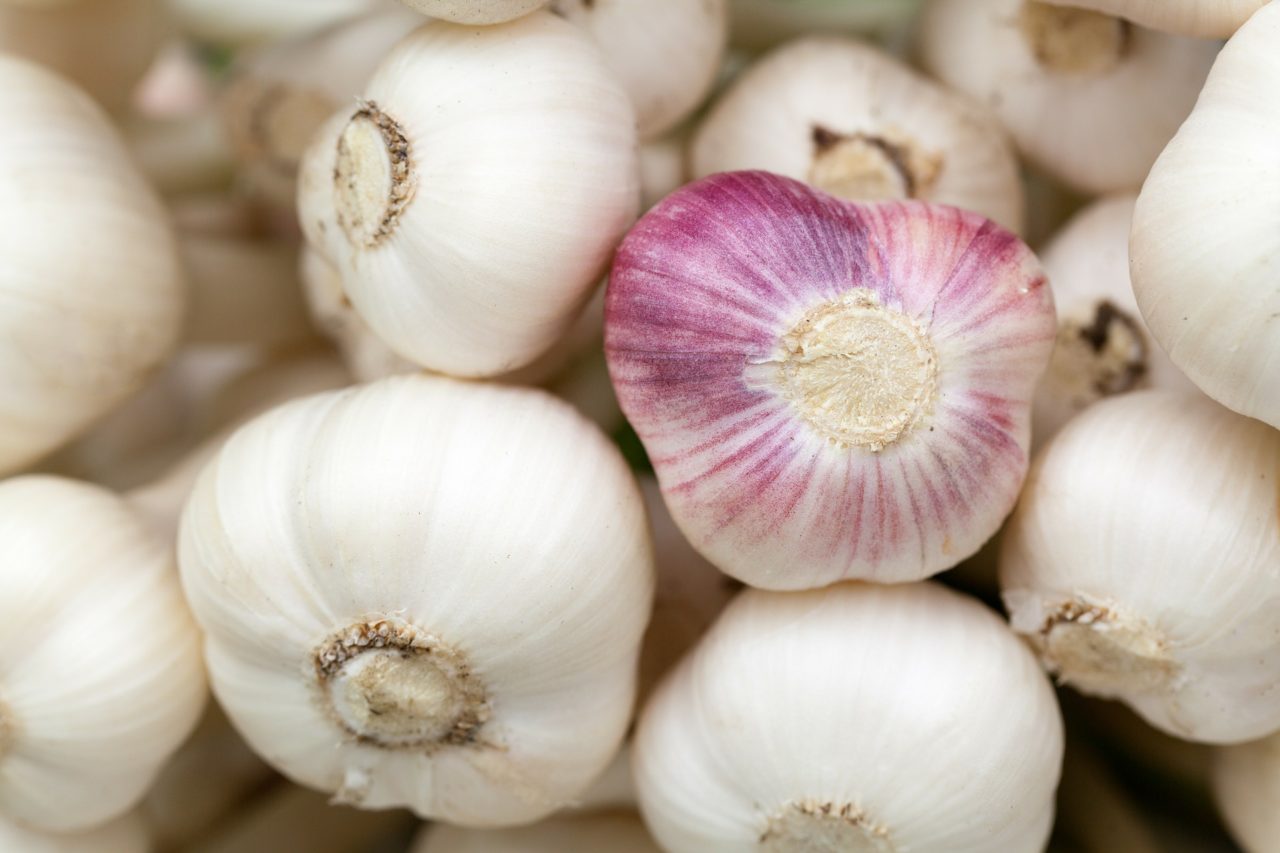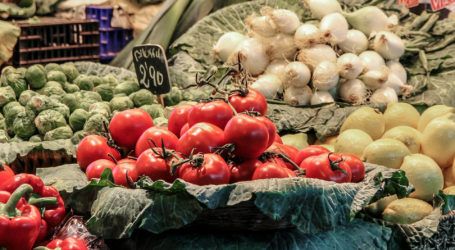On oat flour and elephant garlic
While not coeliac, I am wheat-/gluten-sensitive, yet I can tolerate porridge oats. Having lived in Australia for many years, I enjoyed oat bread, but can’t find it here. I’d bake my own if I could only get oat flour and a good recipe.
Some healthfood shops stock oat flour – check with your nearest ones. Failing that, the French online retailer bienmanger.com has it at £1.95 for 500g,DocSimon does a fancier version at £2 for 200g, while Vitamin UK has three kinds. For advice on how to use the oat flour, who better to ask than the oracle that is Dan Lepard? He says: “Replace a quarter of the flour in any recipe with fine oatmeal or oat flour, and you’ll get a slightly denser but good result; soda bread is also excellent when half the flour is replaced with finely ground oats. Either way, use extra liquid to keep the dough soft. If you want all-oatmeal, follow F Marian McNeill’s timeless advice from The Scots Kitchen and make bannocks or oatcakes.”
I’ve harvested two elephant garlic bulbs. What’s the best way of eating them? And will I stink for days after?
Elephant garlic isn’t just a bigger version of true garlic, Allium sativum, but A. ampeloprasum, a bulbing variety of leek (although its true botanical status is debated). According to the National Vegetable Society, it was rediscovered in 1941 by an American nurseryman, Jim Nicholls. It is milder than true garlic, and sweeter and nuttier, too, some would say. I’d use it the same way as “normal” garlic.










